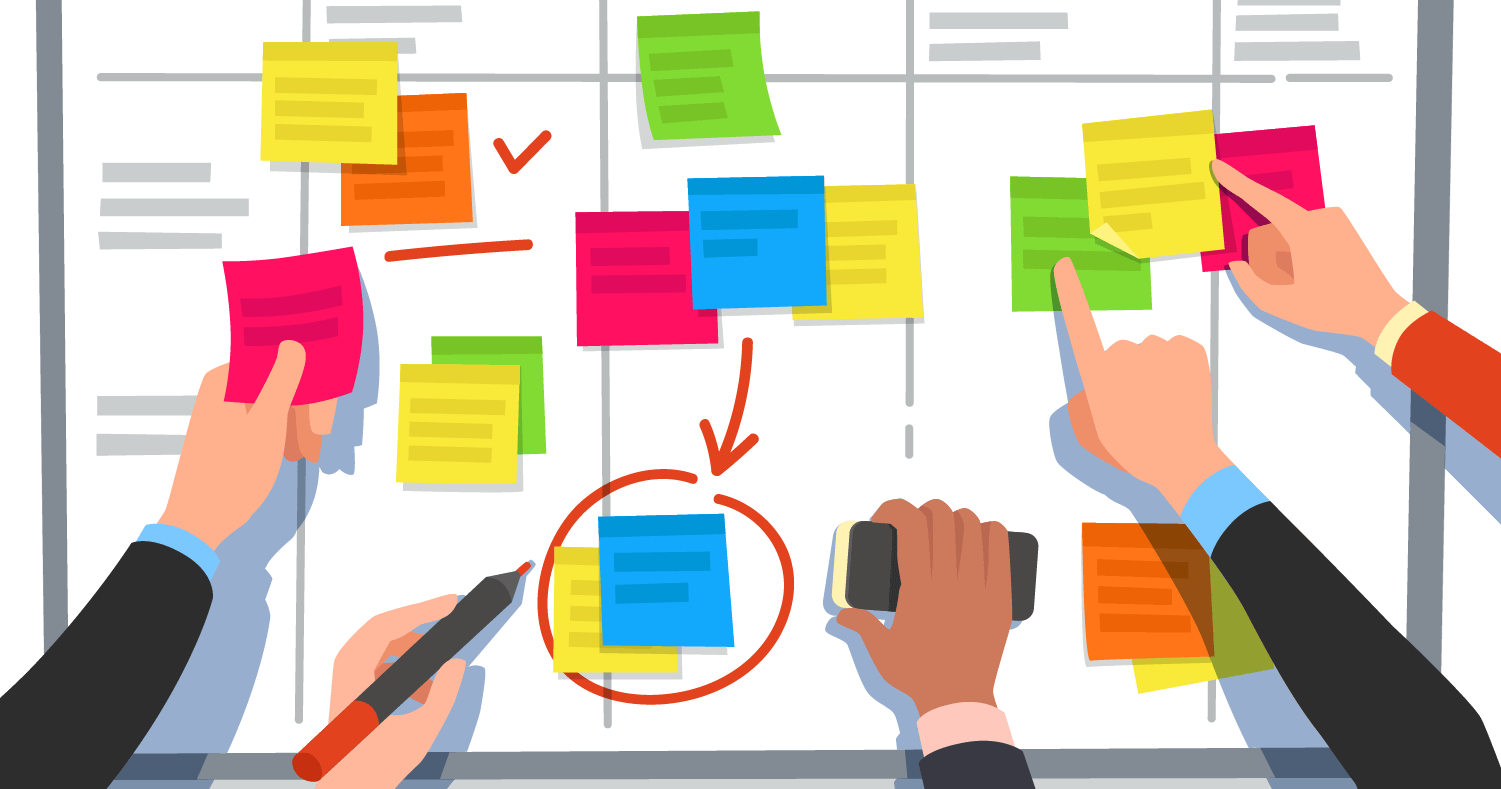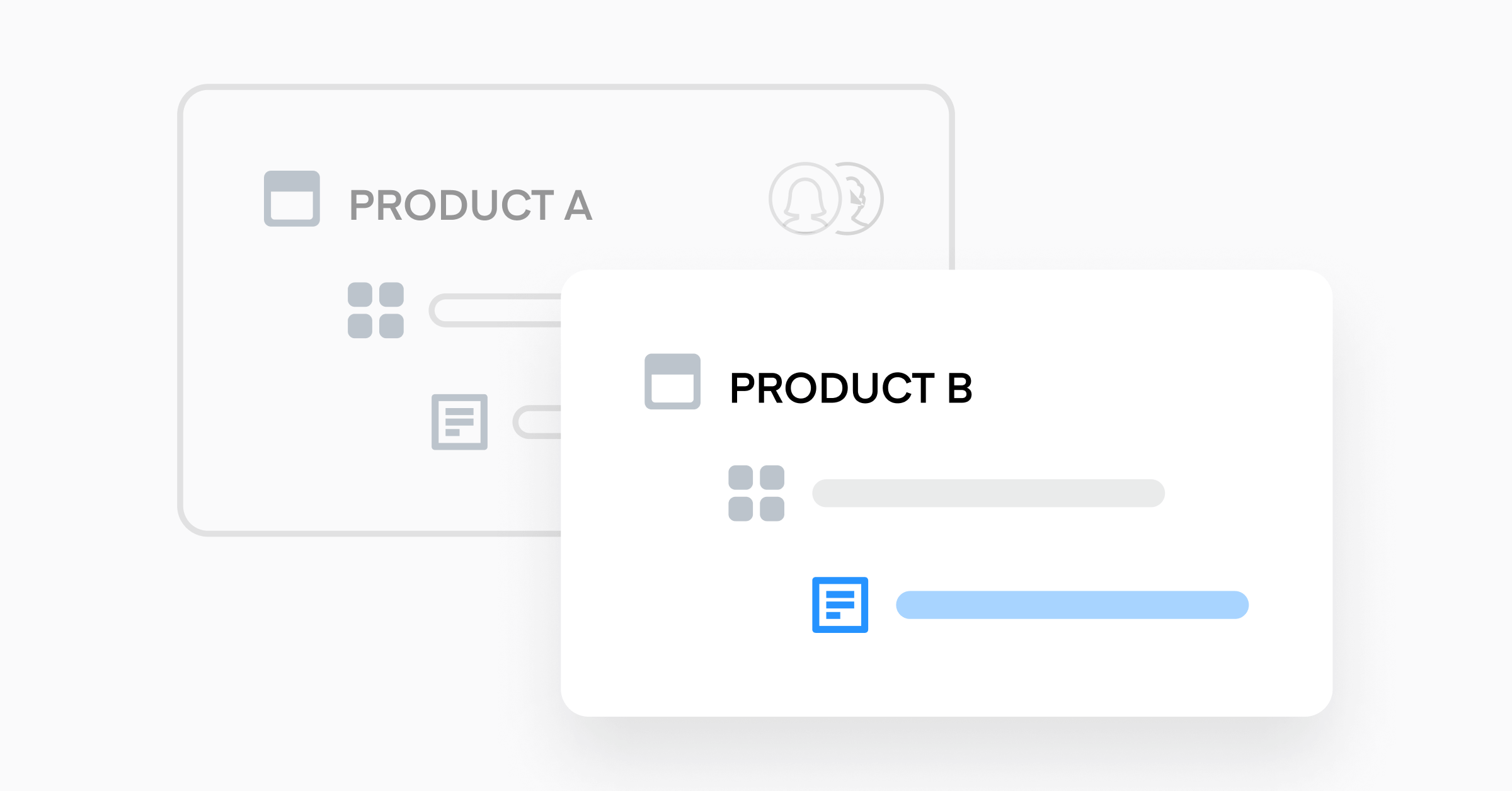What is Product Development? Building an Effective Strategy

What is product development? It refers to the process of creating, designing, and bringing a new product or service to the market—from ideation and conceptualization to design, engineering, prototyping, and testing. The end-goal is to outpace the competition in creating market-ready solutions that consumers actually want to use.
To successfully turn innovative ideas into tangible offerings that drive business success, product teams must align their roadmap with market demand, address uncertainties, mitigate risk, and ensure efficient resource allocation. No business can do this without a robust product development strategy.
The Blueprint for a Better Product Development Strategy
A successful product development strategy relies on a systematic approach with clear feedback loops. This requires thorough research, including continuous customer engagement and careful consideration of your technological limitations. Let’s dive in.
Understanding what goes into PDS
The answer to the question “what is product development?” can be boiled down to these five necessary frameworks:
- Market Analysis: Thoroughly understand market dynamics, consumer needs, and competitive landscapes to inform product ideation (“Is it needed?”)
- Technological Feasibility: Evaluate the feasibility and compatibility of technologies required for product development (“Is it even possible?”)
- Resource Allocation: Efficiently allocate resources, including budget, manpower, and time, to ensure a streamlined development process (“Is it manageable within reason?”)
- Risk Mitigation: Identify potential risks and devise strategies to mitigate them throughout the product development lifecycle (“Is it worth it?”)
- Research and Design: Conduct comprehensive research and employ innovative design methodologies to create products that resonate with the target audience (“Is it agile?”)
That’s the short answer. Here’s the long answer:
1) Conduct deep analysis to assess viability
Key considerations include (1) the needs and desires of the target audience, (2) current customer needs, (3) existing offerings in the market, and (4) the business’s capacity in terms of budget, bandwidth, and resources. The product strategy roadmap cannot be started until all these areas are considered.
2) Determine your PDS type
Decide what strategy works best to meet your specific goals, budget, and market conditions. It could be a mix of a few.
- Incremental: Make iterative enhancements to existing product(s) over time to continually meet and exceed user expectations
- Breakthrough: Challenge the status quo of how things are done / disrupt (think: the iPhone’s touchscreen)
- Platform Development: Create the foundational product first and then expand its capabilities when needed
- Open Innovation: Drive idea expansion by incorporating diverse perspectives and knowledge from external sources
- Diversification Strategy: Ensure a broader scope for business success by entering new markets with products that may be unrelated to your existing product portfolio
3) Ensure iterations
Once viability is confirmed, it’s time to conceptualize the product and build the product development roadmap. Outline its features, design, and unique selling propositions. Develop a prototype or minimum viable product (MVP) to test the concept. Gather feedback through testing to identify areas for improvement and validation.
4) Execute a commercialization plan
Develop a comprehensive commercialization plan for the product, including marketing, distribution, and sales strategies. Execute the launch, monitor performance, and be prepared to adapt based on market feedback and emerging trends.
5) Incorporate best practices throughout
Some product development best practices include:
- Cross-Functional Collaboration: Foster collaboration between departments, ensuring diverse perspectives contribute to the development process
- Customer-Centric Approach: Prioritize customer needs and preferences throughout product development to enhance market acceptance
- Agile Methodology: Embrace agile methodologies for flexibility and adaptability, allowing adjustments based on evolving market conditions
- Iterative Prototyping: Implement iterative prototyping to refine designs and functionalities through continuous testing and feedback
- Market Validation: Validate product concepts through market testing to gauge potential success and make data-driven decisions
These best practices are not isolated principles but integral to the internal workings of an organization. A robust product development strategy fosters a dynamic and responsive approach to product creation. Clear feedback loops underpin each best practice and framework above, ensuring that internal processes are finely tuned to external market needs to steer the product towards success.
Clarifying the difference between product development and project development
While product development is a subset of project development, product development specifically revolves around creating or improving products within your portfolio, whereas project development encompasses a broader array of initiatives aimed at achieving organizational goals.
The primary goal of product development is to create and enhance tangible offerings that address market needs. Project development, on the other hand, is a more general concept focused on the “how”; how to plan, execute, and complete a specific endeavor. For example, the go-to-market team can work on a project involving the enhancement of collaboration between marketing and sales.
Everything to Put in Your Product Development Strategy
When done right, your product development strategy will give your business a multitude of benefits.
Overcome uncertainties
Your product teams will know that what they are spending time to create (or improve) matters. There will be an increase in team efficiency when internal bandwidth is properly allocated to the right tasks. When conducting the risk assessment, you can also prevent disruptive delays, ultimately accelerating time-to-market.
Stay within budget
When limited funds are accounted for before beginning your next sprint, your team will avoid overspending.
Bolster profit margins
The success of your organization depends on whether your product team creates a portfolio of products that consumers want to buy (and hopefully use long-term). By aligning your product development strategy with market needs, the products pushed to market will resonate, which should increase adoption and reduce churn.
Improve competitive positioning
The deep market analysis needed to develop your strategy will help your organization identify a product’s unique attributes and value props—and compare it to the gaps in your competitors’ offerings. Cross-functional collaboration and speaking to consumers can also increase the creative flow to bring about ideas that are not only a “breakthrough”, but also relevant.
Scale more easily
With adaptability and agility at the forefront of your PDS, your business can evolve alongside changes in consumer expectation or macroeconomic disruptions. Plus, with manpower being more strategically allocated, your important UX designers / engineers / devs / product managers can more seamlessly jump from one initiative to another.
Creating an Agile Product Development Strategy Roadmap
We’ve mentioned a few times how agile products and flexible processes are crucial to the success of your PDS. After all, if your team can’t respond to real-time feedback, what was the point of doing all the discovery in the first place? To help your product team deliver on business outcomes faster, these are the three factors that will pave an adaptable pathway for product realization.
Market research
Optimizing product development requires regular market analysis, assessing performance metrics, incorporating insights and feedback, and monitoring changes in the competitive landscape. Common reasons a product development roadmap fails is due to a lack of upfront validation. This can include not acknowledging customer feedback or rushing the launch to meet arbitrary deadlines. Market research is the pillar that determines if your product will be successful in the market. For a more detailed look into how to conduct better product discovery, check out these product development tips.
Technological feasibility
This is especially critical for resource-tapped organizations, as it informs decision-makers about the viability of leveraging existing technologies to turn an idea into something tangible. Is the proposed product or feature able to be made with our existing tech stack? How will it be delivered to users? Will this create a massive resource strain? It’s important to know all this before designing, engineering, or prototyping; the last thing you want is to go through half the process only to realize there is no actual way to test this with users, for example.
Resource allocation and spend
Providing a structured approach is the whole point of creating your strategy, and distributing time, budget, and resources is a critical component of that structure. What is product development without the right product developers dedicated to the right tasks?
Salesforce Leverages Productboard to Create Agile Product Development Roadmaps
Productboard streamlines the creation and execution of your product development strategy by:
- Centralizing product management
- Facilitating collaboration and transparency
- Integrating customer feedback
- Enabling feature prioritization
- Supporting roadmap planning
- Promoting data-driven decision-making
- Providing insights into diverse needs and trending demands.
That’s why high-growth organizations like Salesforce use Productboard to scale their product roadmap planning. “The entire release planning process was cut from 2–3 weeks to just a couple days because we are able to plan as we go,” explains Andrew Lawrence, a Salesforce senior director of product management.
By filtering by ARR within Productboard, the Salesforce product team can give their cross-functional teams (and leadership) data that links features with revenue. This allows them to reduce pushback, since stakeholders know that their build decisions are dictated by actual data. Salesfoce saves time and improves efficiencies to ultimately accelerate their time-to-market—with the confidence that their hard work will drive customer retention and new business.
Want actionable advice on aligning product development with your desired business outcomes? Check out our product strategy roadmap for tips on planning and execution.




